The three-pronged approach to healing: Befriending the sensations in our bodies
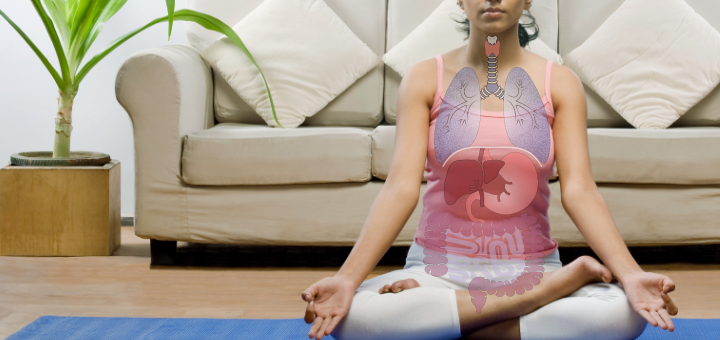
I used to have a student who would quickly bounce his knee up and down when seated. The first time he caught me looking at his knee, he said: “I know you will tell me that I need to relax, but I am relaxed.” The more I got to know him, the more it became clear that he was not, in fact, relaxed most of the time. His usual state could be described as tightly wound, impatient, and on high alert. The bouncing leg was just one way his body was reflecting his inner state. Yet he was oblivious to his default state; to him, it was simply “normal.”
So often in our yoga practice, we focus on the physical – releasing tension here, strengthening this, stretching that, and so on. Our physiology is usually an afterthought, and we don’t specifically focus on it unless it starts to malfunction and shows up in our digestion, stress response, respiratory condition, hormonal imbalance, and so on. Sometimes, this is warranted, and a particular structural issue is simply due to how we use the body in our daily lives. But other times, there might be a complex knot of physical, physiological, and emotional issues that manifest as physical tension or pain.
Consider one of my older students who has recurring knee issues. Sometimes, she feels like her knees would not be able to support her weight and buckle. This sensation comes and goes and can probably be explained by a combination of a sedentary lifestyle, joint stiffness due to age, muscle imbalance, arthritis, and so on. This is not the only physical issue she has, but this is the only issue that causes her great distress. Every time her knees flare up, she enters a state close to panic. Why would she have such a strong reaction to something that she is capable of dealing with and that she knows will eventually pass? As we dug a little deeper, we discovered that in her mind having strong knees is inexplicably linked with being able to walk. It turns out that her mother had knee issues, eventually became incapacitated and bed-bound, and slowly wasted away. Never mind that there were many other factors that contributed to her mother’s demise; in my student’s mind, knee issues literally equal death.
Whenever we ourselves or our students have a disproportional, visceral reaction to an issue, it might point to an underlying layer of mental associations or experiences that make it more significant or less bearable. In yoga, we love to talk about the connection between the body, physiology, and mind, but in reality, there is no separation between those aspects of ourselves. Whatever happens at any one level of our system affects the other layers. And it all boils down to our organism’s assessment of an impending threat to our survival.
When we deal with a multilayered issue, it is not enough to work with the strictly physical aspects. We need to address the issue on each one of the layers involved – physical structure, physiology, and mental associations. Strengthening my student’s knees was helpful and reassuring but did nothing to dispel her ultimate fear. Becoming consciously aware of where that fear came from was also useful, but not enough to alleviate it. Tuning it to her actual physiological response that got triggered as a result of the knee flare-up helped her identify when her nervous system was going into overdrive and use yogic tools (specifically breathing) to calm her system down. It’s the combined effort on all three fronts that enables her to keep her knees strong, her mind aware, and her reactions in check when the next episode eventually comes. Since then, the episodes have become less frequent and less severe, but they will probably never go away completely.
This three-pronged approach (structural, physiological, and mental) is only possible if we develop interoception, our ability to sense the inner workings of the body, particularly the state of our autonomic nervous system. In our yoga practice, we often bring our attention to what our body parts are doing, but we don’t often notice what’s going on with our physiology. This is another reason why working with breath is so essential in our yoga practice – it gives us a window into our physiological world, and it enables us to notice what’s going on inside of our bodies. My client with a bouncy leg that I mentioned earlier was a surgeon who operated on people’s organs all day, but he never took time to connect to his own physiology and become aware of the inner workings of his own body. He had great knowledge on how to treat the body that’s sick, but not how to keep the body well.
One of the most important things we can teach ourselves and our students is to pay attention to our direct physiological sensations – developing interception and the ability to distinguish between different kinds of sensations. This means paying attention to four main areas that we can generally feel:
- Respiration (depth and rate of breathing, work of the primary and accessory respiratory muscles, sense of restriction or ease around the lungs),
- Circulation (pace and intensity of the heartbeat, feeling warm or cold, pulse, blood pressure, sensations around the heart),
- Digestion (tight knots, queasy feelings, bloating, “butterflies” in the stomach),
- Skin (dry or oily, warm or clammy, sweaty or itchy, how comfortable we are in our own skin).
Collectively, those sensations also point to the state of your autonomic nervous system and give you an idea of whether your body is ready to fight, flee, freeze or rest and socialize.
Paying attention to the inner workings of our bodies gives us a chance to inhabit our bodies, acknowledge our physiology, observe how it reflects in our mental-emotional and physical states, and move from sympathetic to parasympathetic activation. It also gradually fosters our ability to interpret our physiological sensations more consciously and more accurately instead of just jumping to the most habitual conclusions. In addition, becoming familiar with and befriending the sensations in our bodies is essential in healing from any kind of trauma. Bessel Van Der Kolk, MD, in his exceptional book The Body Keeps the Score: Brain, Mind and Body in the Healing of Trauma, writes: “In order to change, people need to become aware of their sensations and the way that their bodies interact with the world around them. Physical self-awareness is the first step in releasing the tyranny of the past.”
Next time you do your yoga practice, take time at the beginning and at the end to tune in to your physiology to notice how your body feels on the inside and how much awareness you have of your inner processes. The more often you do this, the more sophisticated your awareness will become.
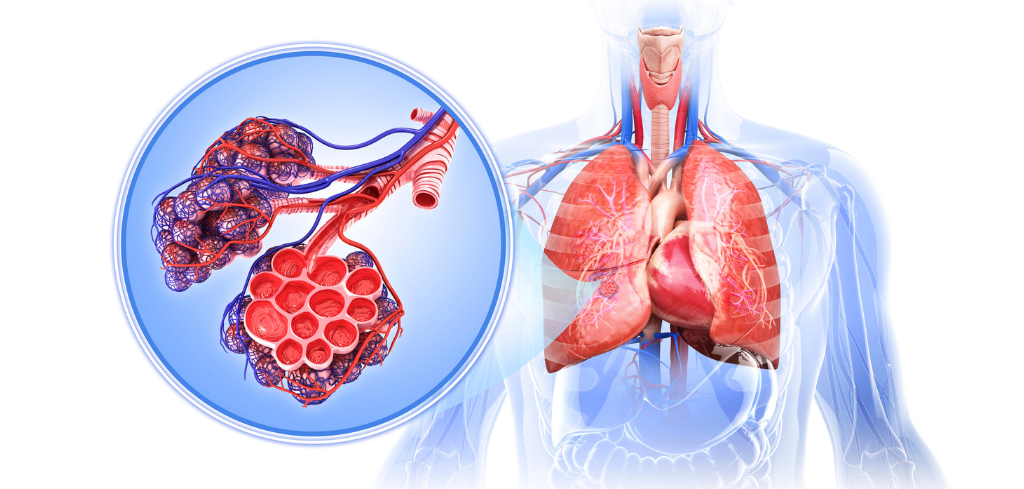
Do you want to take a peek at what’s happening “under the hood” within your body? Explore several layers of your physiology: skeletal, respiratory, digestive, immune, cardiovascular, and nervous systems to develop a better theoretical understanding and intuitive awareness of your inner processes.


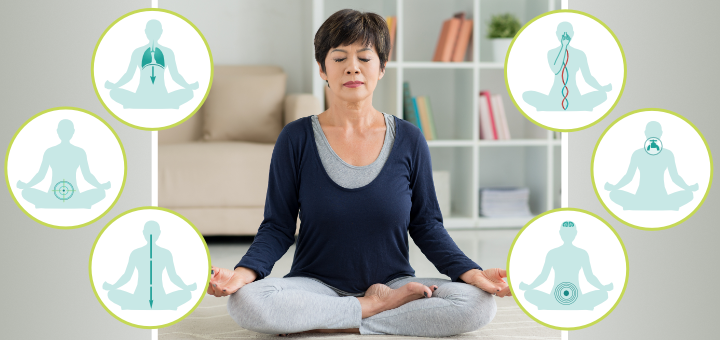
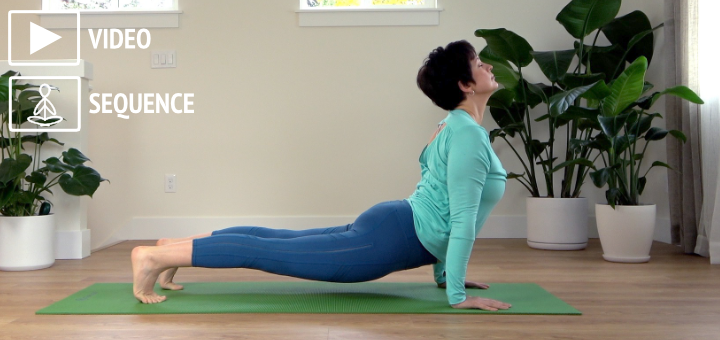
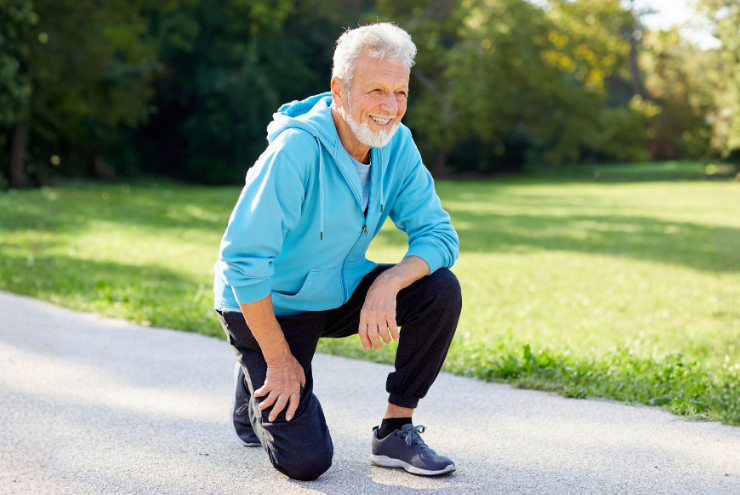
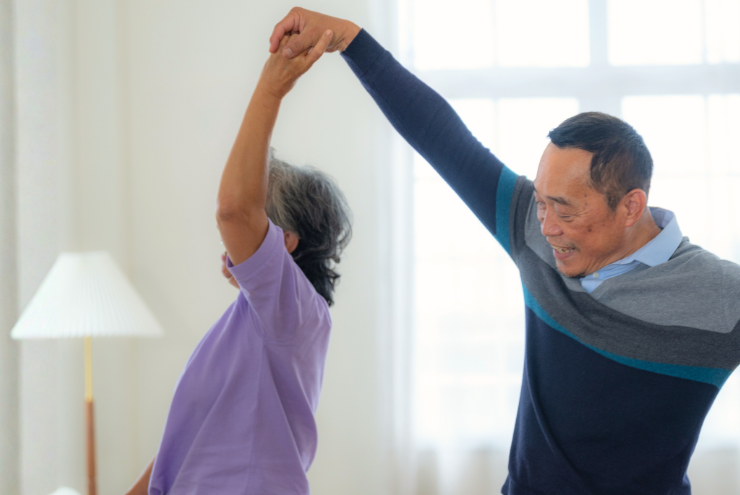
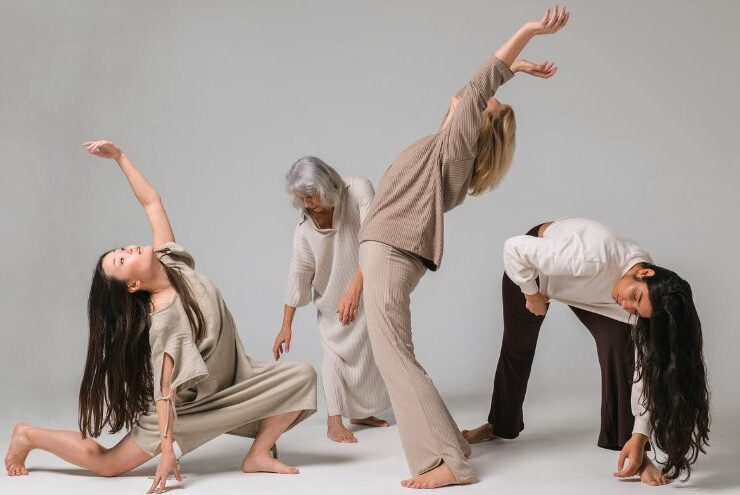



Dear Olga
Thanks for sharing as always insightful, very much appreciated.
Wishing you all the best
Paul
Most excellent article. The body keeps score…THANK YOU
Hi Olga, I continue to be so impressed and grateful for your extremely thoughtful teachings. I love the way you write and always learn some additional insight or aspect of whatever topic you’re covering. In a world full of “resources” available to support me on my yogic and yoga teaching paths, your posts are a “must read” every week. I recommend you to all my YTT students and mentoring clients. Thank you for all you give. Sending you best wishes and love during this crazy time. I hope you are doing ok. LUCY❤️ ( from Sydney, Australia – we spoke on the phone this time last year)
When I was in my mid teens I was lucky enough to have a big brother who attended weekly yogas sessions and would encourage me to come along. At the conclusion of the class we would lie quietly, and as part of a meditation allow our attention to move to various sections of our body starting from the toes up. Recently after many years I returned to this meditation, but rather than travelling to each part of the body with my mind at the centre, I allowed my awareness to inhabit each part of my body directly. I did not find this easy, and still don’t find it easy, but the results are profound.
It has only taken me about 50 years to properly understand this simple meditation, and I would encourage all to explore the subtle but substantive implications of the content of this article.
Dear Olga,
Thank you for another very helpful and clear article.
I am very impressed with your insightful words and your great clarity and easy understandable way of presenting whichever topic you choose.
Wonderful work!
Hanna
Thank you Olga. The knowledge you share is a true gift .